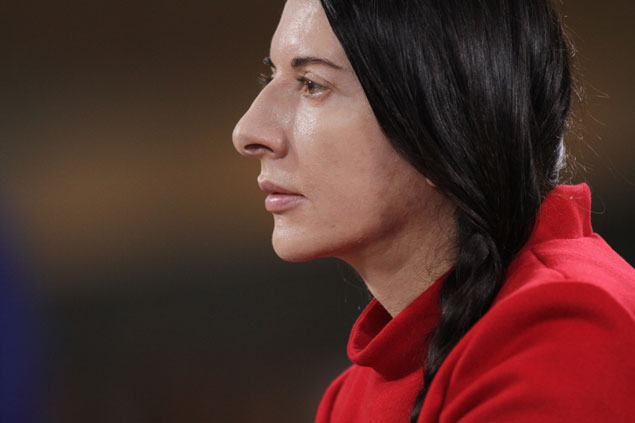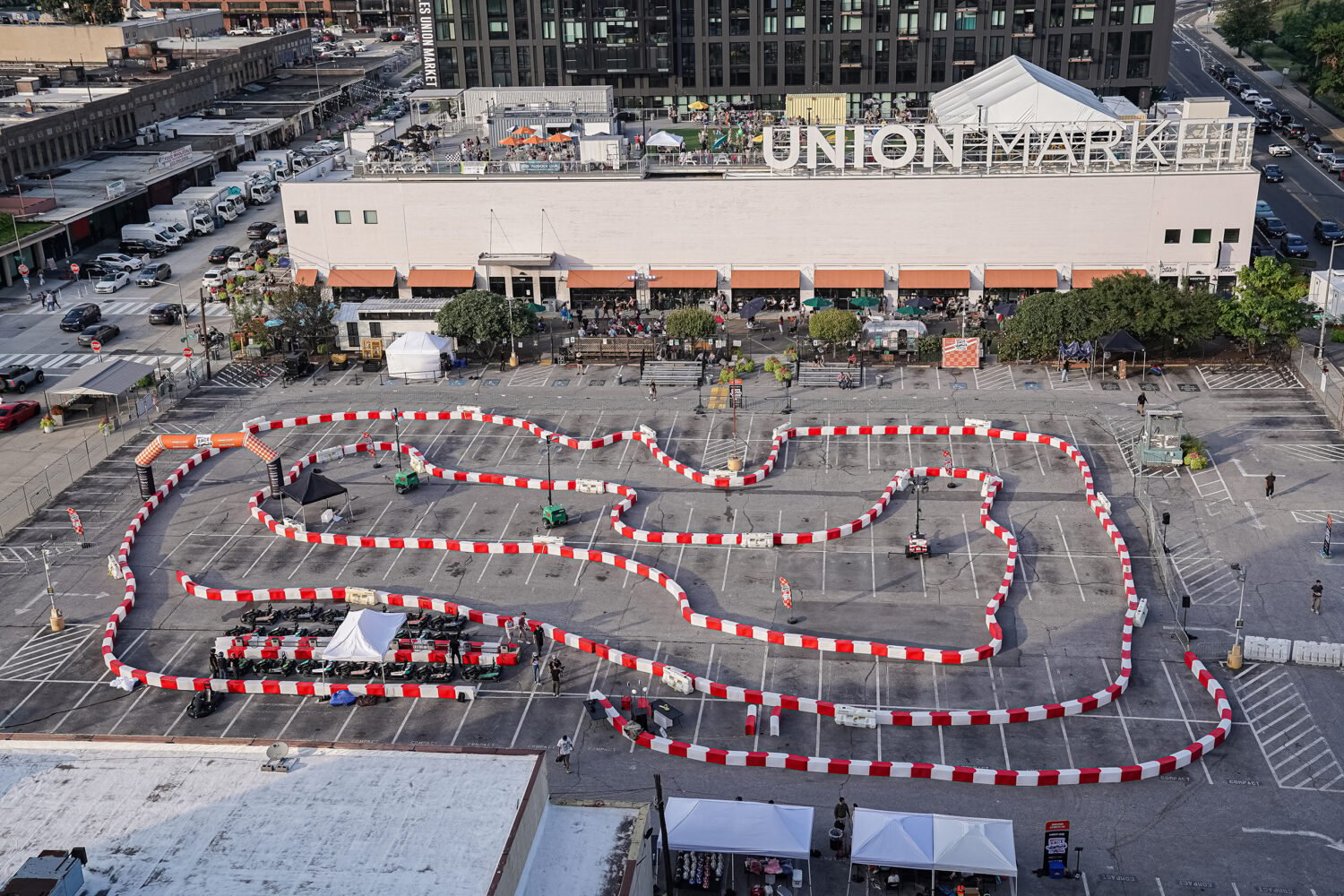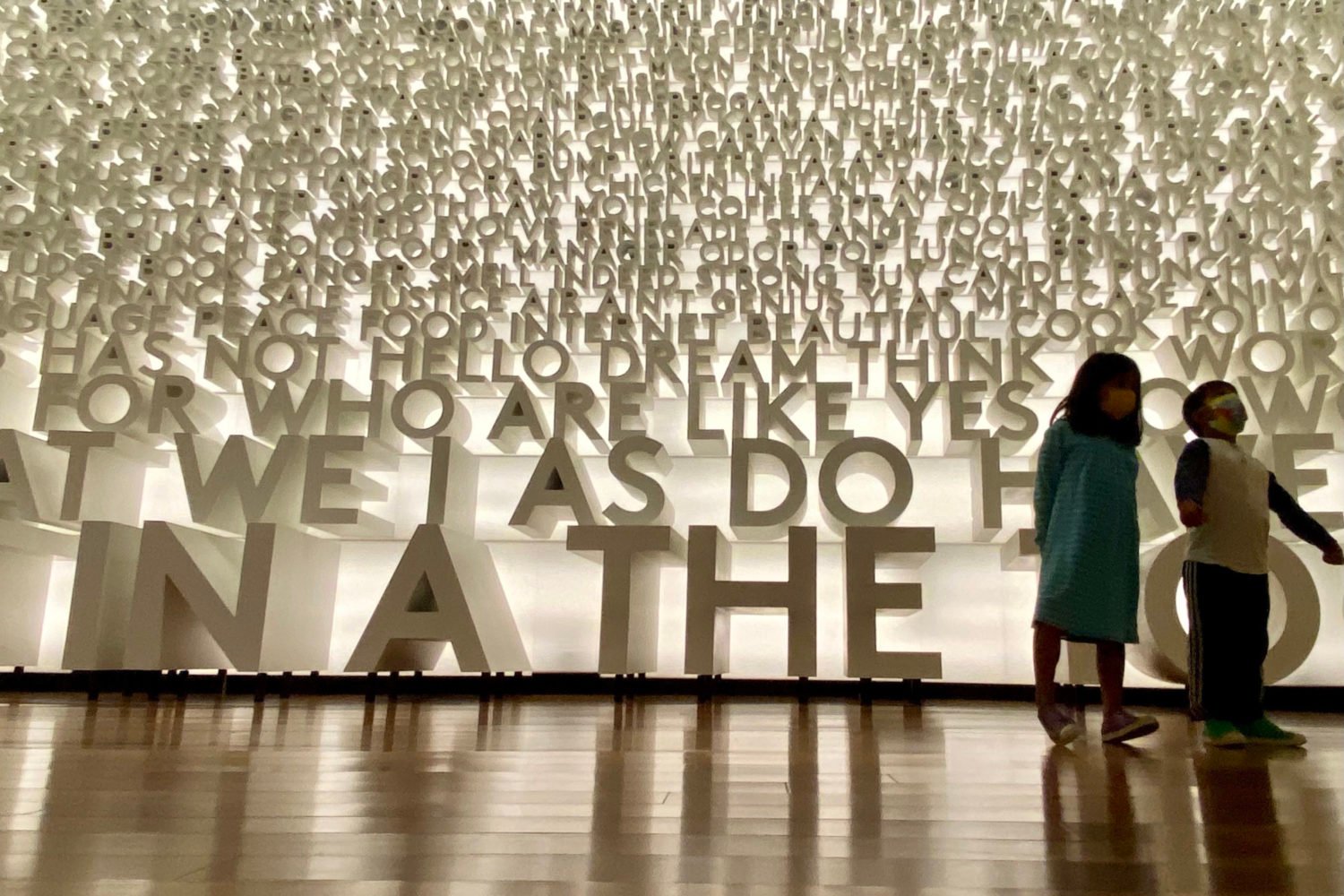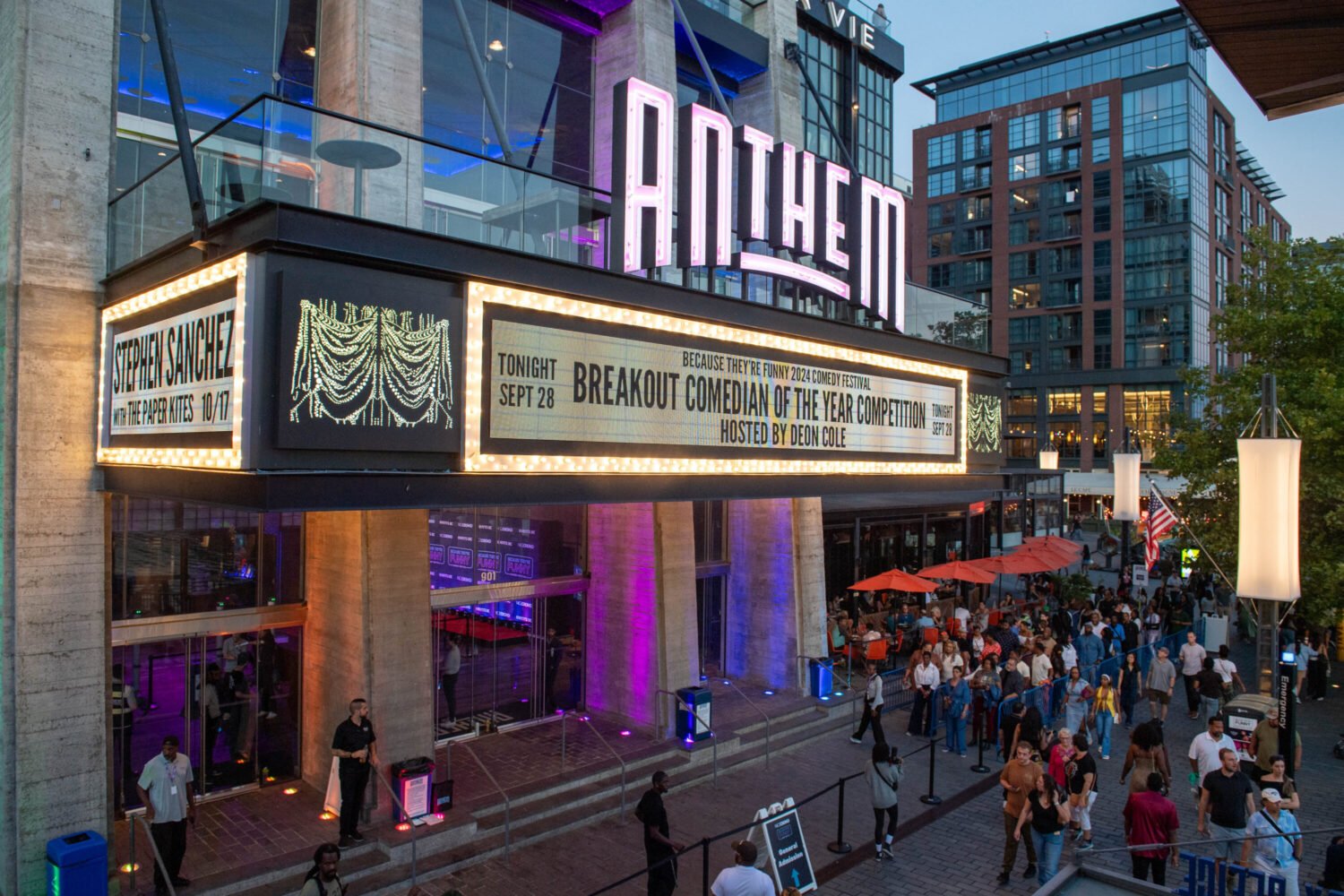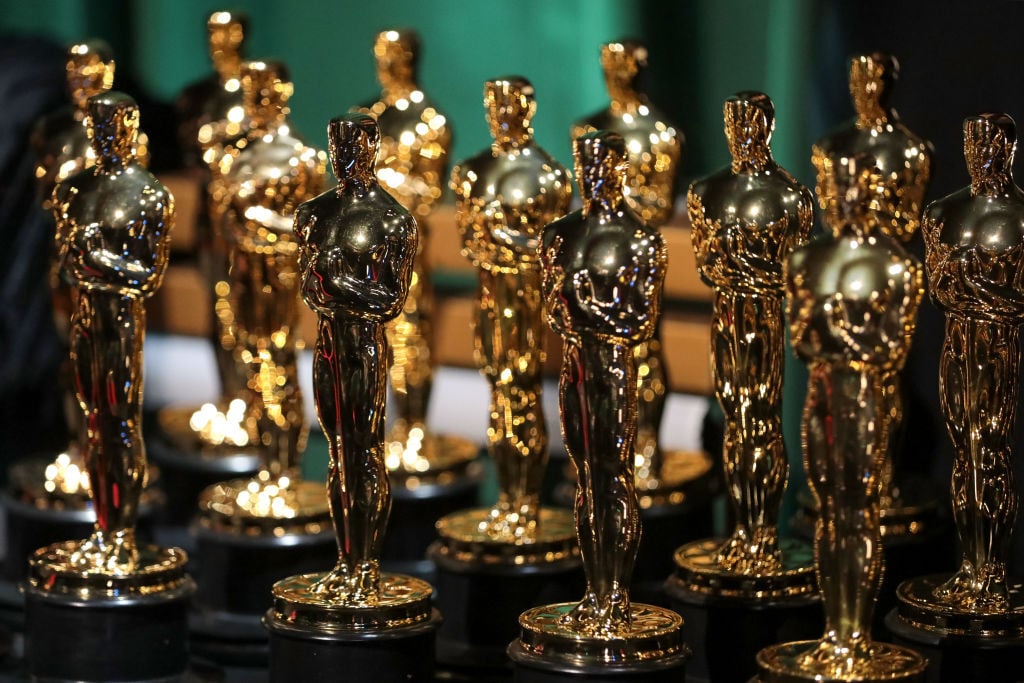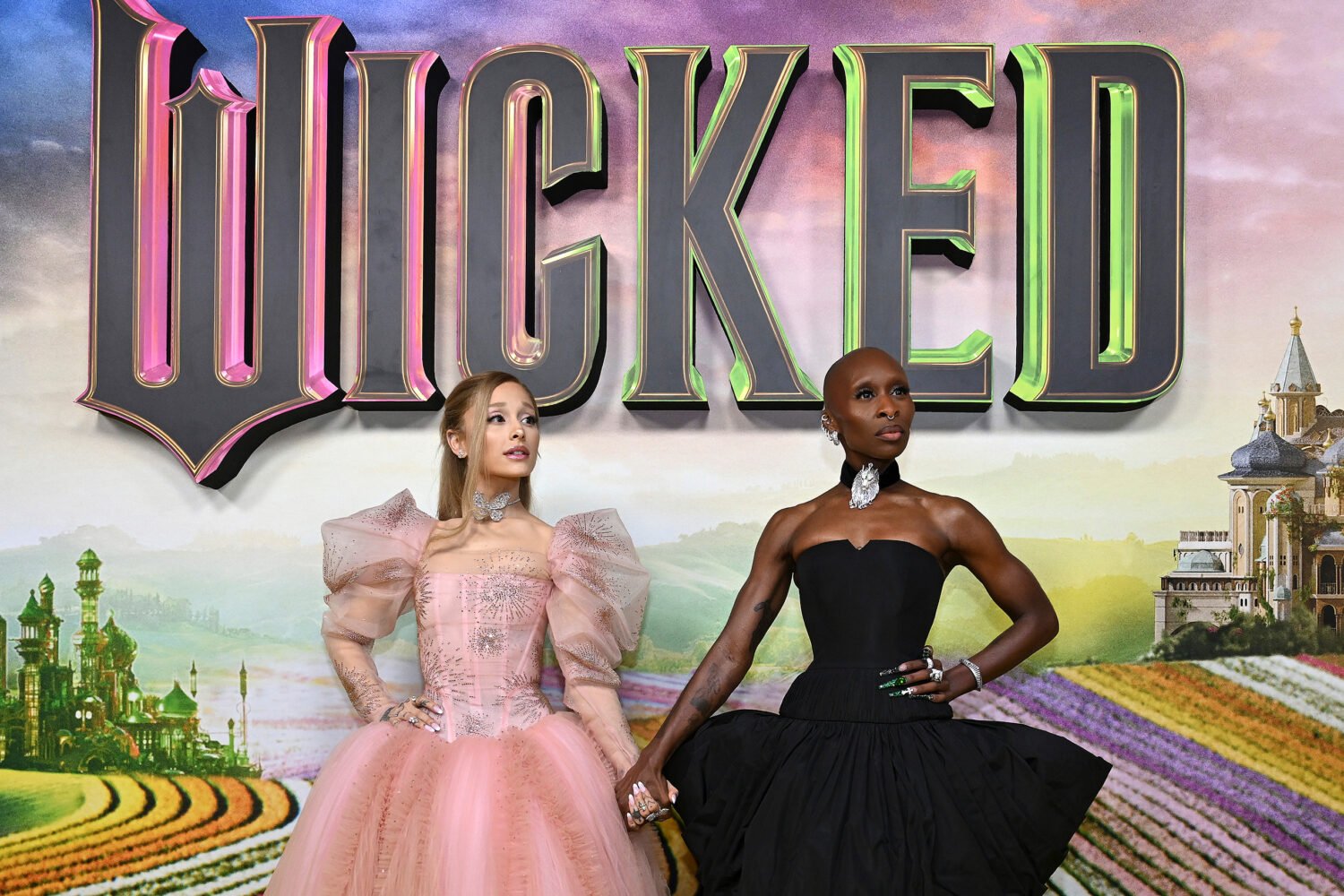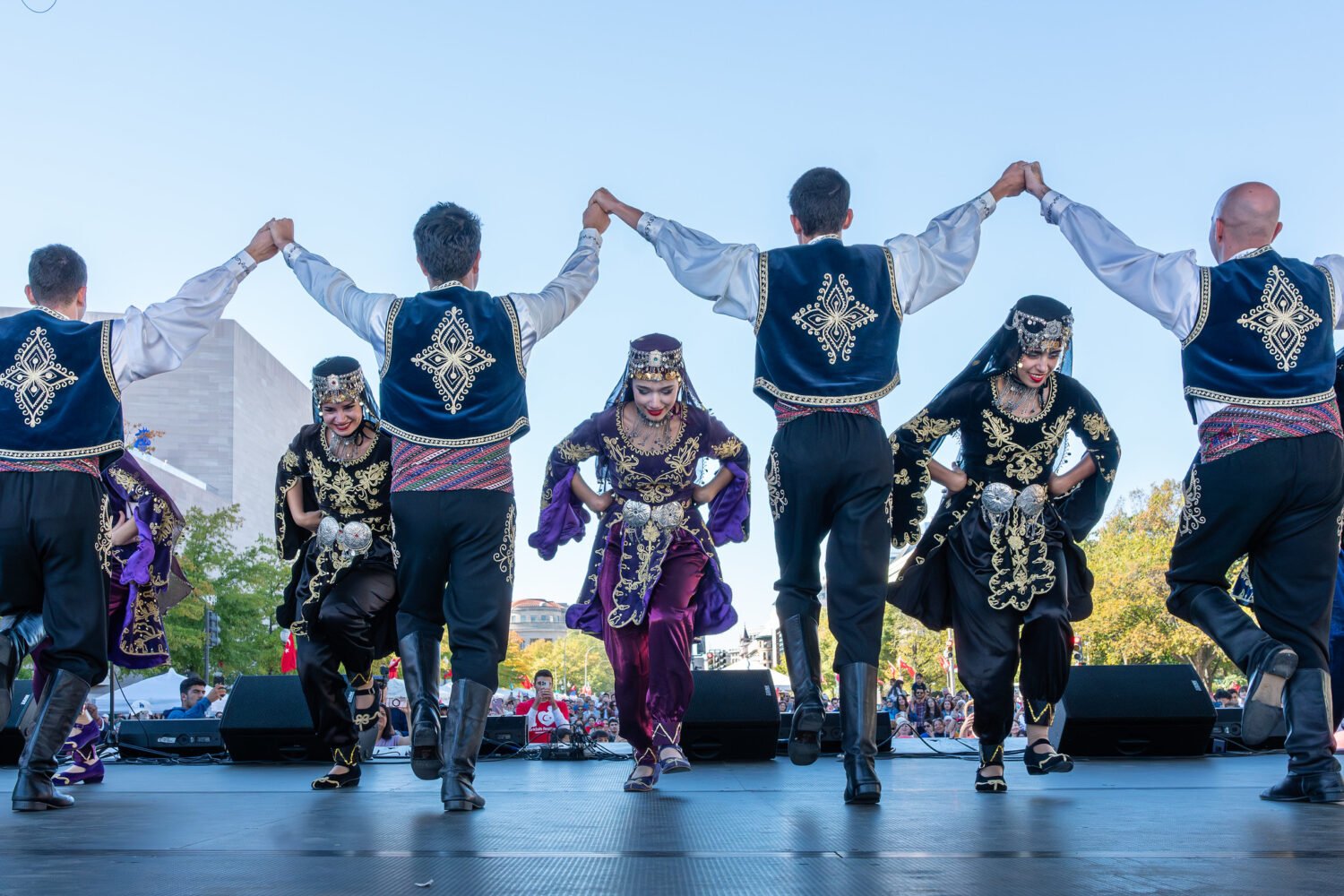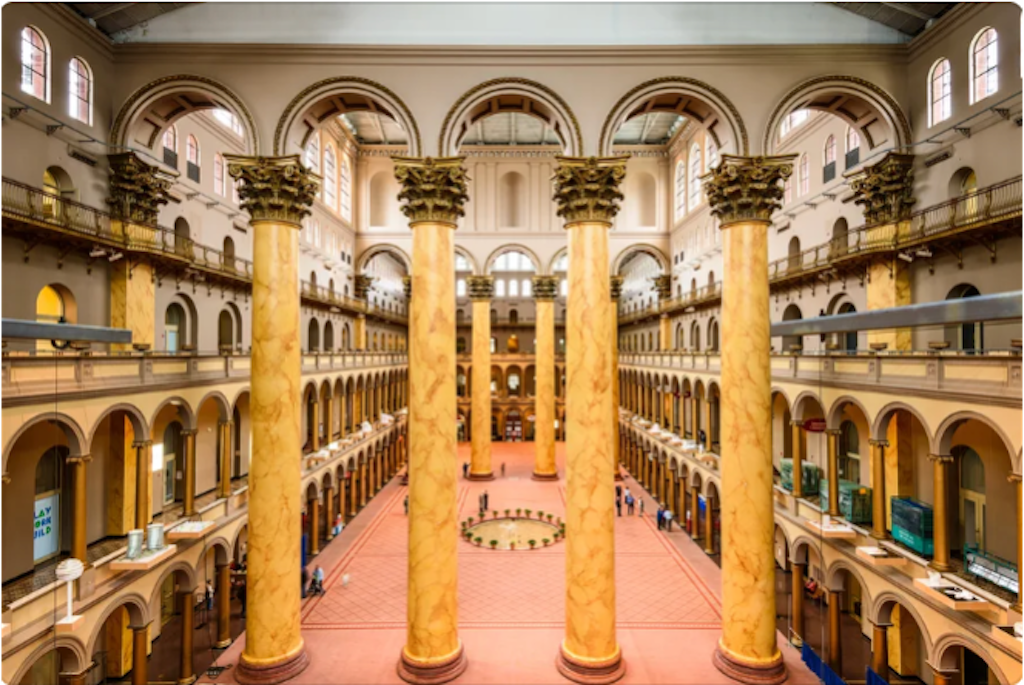Playing Thursday, June 21, at 7:15 PM and Saturday, June 23, at 3 PM
In Ai Weiwei, 27-year-old first-time filmmaker
Alison Klayman has a subject most
documentarians and journalists can only dream of. The Chinese artist and
activist is eccentric, chatty,
an iconoclast, has a tangled personal life (three years ago he
had a son with a woman who isn’t his wife), and is utterly,
inexplicably charming.
In 2011, Chinese authorities arrested him, raided his
studio, and held him prisoner for 81 days, during which time museums
worldwide organized protests and petitions to have him freed.
Ai became a global symbol of the lack of freedom in modern China,
and his personal fame skyrocketed.
Klayman first starts following the artist in 2009,
while he’s investigating the casualties of the 2008 Sichuan earthquake
and infuriating authorities by helping compile a public list of
the 5,000-plus students who died thanks to shoddy “tofu” construction
in the city. Ai, it immediately becomes clear, is a world-class
troublemaker as well as a visionary artist. “I consider myself
more of a chess player,” he tells Klayman, who displays
pictures he took of himself giving the finger to locations such as
Tiananmen Square and the White House.
Ai is also that rarest of beasts: an artist who
understands social media. He blogs daily, takes hundreds of photographs a
day, and is greatly enamored of Twitter, which he pronounces,
rather sweetly, as “Tweeter.” Seemingly insulated from the Chinese
government by his fame, he nevertheless admits to Klayman that
he’s afraid of repercussions. “I am so fearful. That’s not
fearless. I act more brave because I know the danger is really
there.”
The film follows Ai to London, where he attends the
opening of his groundbreaking exhibition “Sunflower Seeds” at the Tate
Modern. We hear about his life as a young artist in New York
and his early work before he started outsourcing much of it (in
one scene, Klayman films Chinese artists crafting “Zodiac
Heads,” currently on display at the Hirshhorn).
Ai himself is a compelling enough subject to fill a
movie several times over, and all Klayman really has to do is let him
entertain us. But her narrative is taut, and when Ai is
unexpectedly arrested, seemingly as a warning to other outspoken
artists,
she captures the campaigns and the demands from high-profile
people such as
Hillary Clinton for his freedom.
She’s also there when he returns home, strangely
muted, telling reporters that regrettably he can’t comment, as he’s
technically
on bail. The sight of such a sadly chastened Ai is hard to
watch. Thankfully it isn’t long until he’s blogging again.
Inspirational,
curious, and optimistic in various degrees,
Never Sorry gives us an insightful, weighty look at one of the most fascinating figures in contemporary art.
—SOPHIE GILBERT
Marina Abramovic: The Artist Is Present
Playing Friday, June 22, at 10:15 PM and Saturday, June 23, at 10:30 AM
There’s no doubt that
Marina Abramovic, often called the grandmother of performance art, is a captivating personality, as evidenced in
Matthew Akers’s gripping and enchanting documentary,
Marina Abramovic: The Artist Is Present.
We meet up with Abramovic, now 63 years old, as she’s
prepping for perhaps the biggest show of her career, a 2010 installation
at New York City’s Museum of Modern Art. Known for her unusual
and visceral displays of human interaction, in which she predominantly
uses her own body to demonstrate pain, emotion, and the
sometimes raw physical effects of daily life, Abramovic has reached
a pivotal moment in these latter years of her artistic career.
With the support of the art community and her myriad fans,
she decides to install herself—quite literally—in a chair for
90 days, so she can come face-to-face with any number of strangers
who visit her at MOMA.
It’s a massive undertaking, one that requires
Abramovic to expel some demons and be irrepressibly present in the
lead-up,
all witnessed by the viewer during this intense and deeply
moving portrait of an artist at the precipice of her swan song.
As Abramovic says, performance art is is a “real” form of art,
wherein the very presence of the artist serves as the medium.
She “plays with the edge of the knife,” says her longtime
gallerist,
Sean Kelly, one of Abramovic’s earliest supporters. For Abramovic herself, this show is really about finally being acknowledged after
“40 years of people thinking you are insane.”
Filmed over a ten-month period, Akers’s movie captures
Abramovic’s most personal moments, from relaying her nervous energy
and stress as the opening nears to listening to her tell the
story of love lost with longtime companion and former collaborator
Ulay as tears stream down her face. When art is this personal,
this cerebrally challenging, one almost wants to roll one’s
eyes at the imposed seriousness of it all, but there’s
something about Abramovic that prevents the snickering and scoffing;
she is truly seductive and interesting, her honesty touching
and her physical stamina beyond impressive. Abramovic is surprisingly
vulnerable, almost uncomfortably so, which adds a very complex
juxtaposition to the cold and stark themes of her artistic
performances. You can’t help but like her.
The last third of the film focuses on the MOMA
installation, where we watch Abramovic sit, day after day, hour after
hour,
motionless, as hordes of people stream through the museum,
sitting just a couple of feet from her face, staring into her eyes,
some so overcome with emotion that they openly cry with the
sheer joy of being so close to her. With Abramovic’s commitment
to this bizarre journey, art becomes accessible—performance
art’s unfamiliar rhythm becomes familiar, simply due to the fact
that she is sitting right there.
All told, more than 750,000 people came through the exhibition during Abramovic’s three-month stay. If
The Artist is Present accomplishes anything, perhaps
it best serves to expose the complex nature of performance art, to argue
that it is more than
an exercise in navel-gazing narcissism, and that those wholly
committed to their artistic medium are truly fascinating subjects.
—KATE BENNETT
Playing Thursday, June 21, at 10 PM and Sunday, June 24, at 10:15 AM
Portrait of Wally is director
Andrew Shea’s compelling account of a Jewish family’s struggle to recover a painting that was stolen from them by the Nazis in 1939.
In 1997, the relatives of deceased art dealer
Lea Bondi were shocked to learn that Austrian painter
Egon Schiele’s “Portrait of Wally” was on
display at New York’s Museum of Modern Art. The intimate portrait of
Schiele’s mistress had
been Bondi’s prize possession—hanging on the wall of her Vienna
home—until it was seized by Nazis as World War II got underway.
Bondi would spend the rest of her days trying to recover the
painting. But she never got it back.
After the Museum of Modern Art turned down the request of Bondi’s heirs to keep the painting in New York, District Attorney
Robert Morgenthau opened a criminal investigation of the matter, touching off a crisis within the art community and a legal battle over the
painting’s ownership that lasted more than a decade.
With a fast-paced narrative, Shea’s film explores the
painting’s provenance, the mysterious circumstances surrounding its
disappearance, and the uncomfortable questions that the
controversy precipitated for art galleries around the world. Whether
you’re an art enthusiast or not, the film has the drama and big
moral questions to keep you engaged.
—LUKE MULLINS

